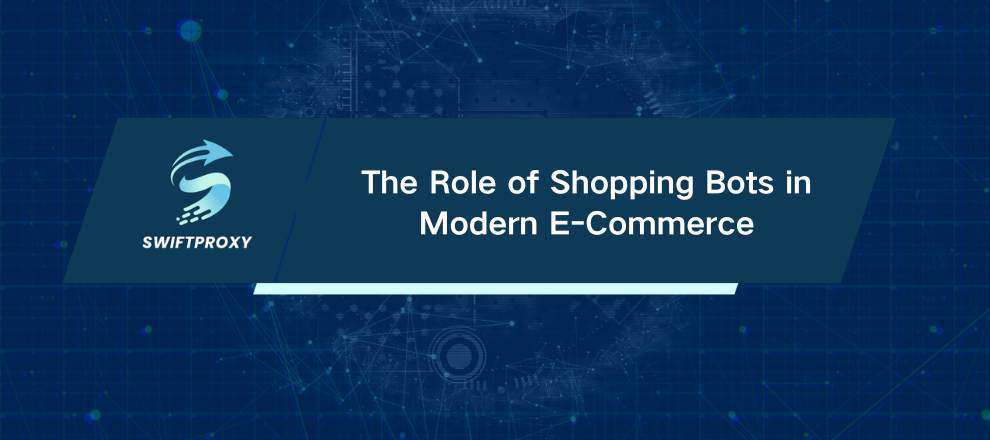The Role of Shopping Bots in Modern E-Commerce

A shopping bot is software designed to automate, accelerate, and optimize the online retail experience. Some chat with you like a savvy sales associate. Others scan the web for deals, track inventory, or speed through checkout forms. Whatever the type, these bots have become essential in e-commerce, reshaping how products are discovered and purchased.
In this article, we'll break down what shopping bots are, the types available, the concrete benefits for both shoppers and businesses, and actionable tips for building one yourself. By the end, you'll understand why ignoring bots could mean leaving opportunities—and money—on the table.
Understanding Shopping Bot
At its core, a shopping bot is a program designed specifically for retail tasks. Unlike generic chatbots that answer broad questions, shopping bots focus on helping users discover products, compare prices, answer detailed questions, and even complete purchases.
Some bots are simple, handling FAQs. Others use machine learning to provide personalized suggestions, predicting what a shopper wants before they even type it.
Shopping Bot vs. Chatbot vs. Virtual Assistant
It's easy to confuse these terms. Here's the breakdown:
Chatbot: Handles general queries (customer service, news updates). Not necessarily sales-focused.
Virtual Assistant: Broad AI helpers like Siri, Alexa, or Google Assistant. Can shop, but not tied to a single store.
Shopping Bot: Purpose-built for commerce. Lives on a retailer's website, app, or messaging platform. Its mission? Make shopping faster, smoother, and more engaging.
You might find a shopping bot as a live chat on a website, or integrated into Facebook Messenger or WhatsApp, offering guidance, order tracking, or personalized advice. Some retailers even deploy bots on social media to engage users where they spend the most time.
Different Types of Shopping Bots
Shopping bots are specialized tools, each with a unique function. The most effective bots handle multiple tasks—chatting with users, scanning deals, and even automating purchases.
1. Conversational Shopping Bots
These bots act like virtual sales associates. They engage in real-time chat, ask questions, and guide shoppers to products.
Example: Sephora's Messenger bot asks about your makeup preferences and delivers personalized recommendations—think foundation matched to your skin tone or a lipstick shade you'll love.
Impact: These bots turn online shopping into an interactive, personal experience. They answer questions instantly, reducing friction and keeping customers engaged 24/7.
2. Price Comparison Bots
Price comparison bots scour multiple websites to find the best deal.
Example: ShopSavvy lets you scan a barcode or search for a product, then lists prices across online and local stores.
Impact: The best price bots also consider shipping costs and available coupons, saving you time and money.
3. Inventory Tracking Bots
These bots monitor product availability. If an item is sold out, they alert you the moment it's back in stock—or even place a hold automatically.
Example: Limited-edition consoles or GPUs.
Impact: Rotating residential proxies prevent the bot from getting blocked, letting it track inventory seamlessly.
4. Automated Checkout Bots
Speed wins. Checkout bots fill in orders faster than any human, securing high-demand items before they vanish.
Example: Nike SNKRS app or limited streetwear releases.
Impact: Pair bots with fast, undetectable proxies. This masks activity across multiple IPs, reducing detection while keeping latency low.
5. Deal and Coupon Bots
These bots automatically find discounts and promo codes.
Example: Capital One Shopping or Rakuten browser tools scan for valid coupons and cashback offers at checkout.
Impact: Shopping becomes effortless while maximizing savings.
The Value of Shopping Bots
For Shoppers
24/7 Assistance: Bots never sleep. Late-night shopping? No problem.
Personalized Recommendations: AI-driven bots learn your preferences and suggest products you're likely to love.
Savings Without Effort: Price and coupon bots ensure you never miss a deal, streamlining your path to value.
For Businesses
Higher Conversions: Instant recommendations and support reduce cart abandonment.
Cost-Effective 24/7 Support: Bots handle thousands of queries simultaneously, freeing human agents for complex tasks.
Data-Driven Insights: Track behavior, identify pain points, and discover trends to refine marketing and product strategies.
Personalized Experiences: Segment users and deliver relevant offers to improve engagement and loyalty.
Building a Shopping Bot
Define Goals: Decide what your bot should do—answer questions, recommend products, or assist with checkout.
Choose a Platform: From plug-and-play builders to custom AI frameworks, pick what fits your business.
Design the Flow: Map conversations, responses, and contingencies.
Integrate Systems: Connect to catalogs, inventory, and order systems for real-time functionality.
Use Supporting Tools: For web scraping or heavy automation, proxies prevent IP blocks.
Test and Launch: Simulate different scenarios, deploy, and continuously improve performance.
The Future Trends in Shopping Bots
Smarter AI: Bots will offer hyper-personalized recommendations in real time.
Voice-Based Shopping: Alexa or Google Assistant integration will make bot interactions conversational.
AR/VR Shopping: Bots could guide users in virtual stores or assist in physical stores via kiosks.
B2B Commerce Expansion: Bots will optimize procurement, price comparisons, and supply chain efficiency.
Final Thoughts
Shopping bots are reshaping commerce by providing shoppers with speed, personalization, and efficiency while helping businesses increase sales, gain insights, and improve customer satisfaction. Adopting the right shopping bots gives businesses a decisive edge in a world where instant service and tailored experiences make bots essential rather than optional.

















































